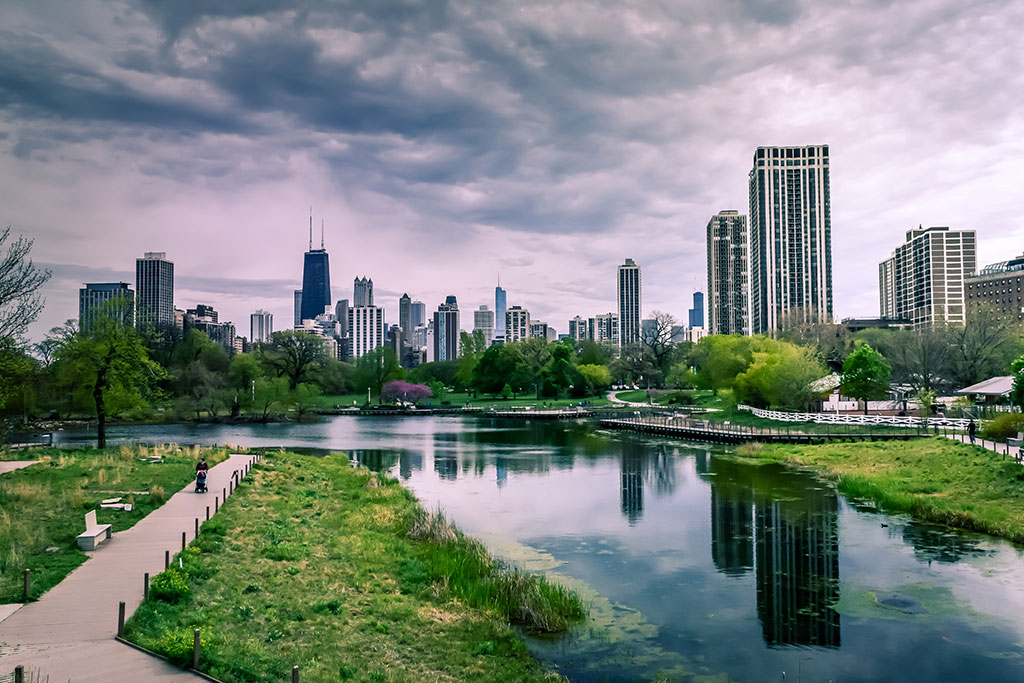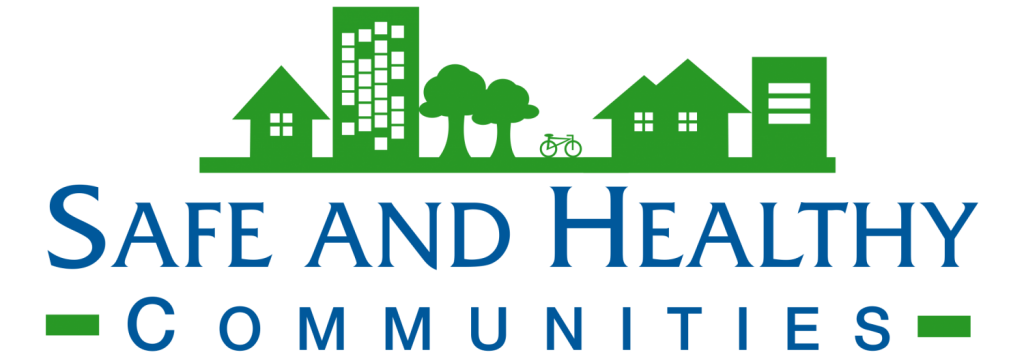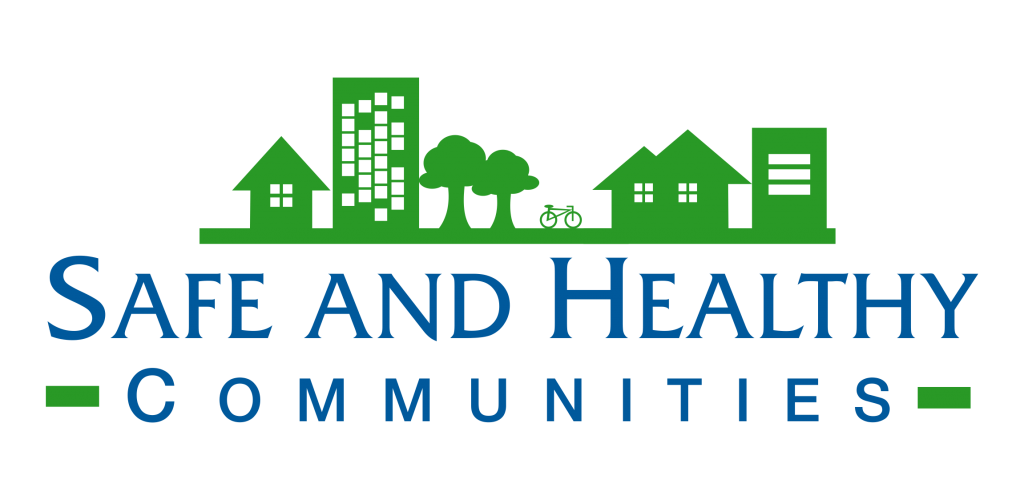Safe and Healthy Neighborhood Design and Planning
Neighborhood planning is a multidisciplinary field where professionals work together to improve the wellbeing of communities by creating more convenient, safe, equitable, healthy, efficient, and attractive places now and for the future. Typically, these plans include planning for and improving community access to the following areas.
- Transportation, sidewalks, mobility
- Parks, green and blue spaces, and recreation areas and centers
Schools - Places of faith
- Natural resources
- Health-care offices, clinics, and hospitals
- Grocery stores, other businesses, and jobs
 Urban planning and public health share many of the same common goals. Land use and housing patterns, water and sanitary infrastructures, transportation systems, and climate change mitigation and adaptation and others influence the health of communities. For example, to increase physical activity, such as walking, people need spaces that are both accessible and safe. Equitable development of these spaces requires identifying the barriers and facilitators that effect physical activity levels.
Urban planning and public health share many of the same common goals. Land use and housing patterns, water and sanitary infrastructures, transportation systems, and climate change mitigation and adaptation and others influence the health of communities. For example, to increase physical activity, such as walking, people need spaces that are both accessible and safe. Equitable development of these spaces requires identifying the barriers and facilitators that effect physical activity levels.
On the planning level, this would involve designing and maintaining community spaces that promote physical activity. From the public health perspective, this would involve developing programs and policies to encourage physical activity in community spaces. To equitably address the social determinants of health that influence physical activity, the contributions of both neighborhood planning and public health are needed.
How SHC can help:
- Assess local, regional, and state planning documents for health, safety, and equity i.e. comprehensive plans
- Conduct policy scans on local and state regulations and policies that can impact health
- Complete health impact assessments of built environment, policies, and programs with focus on equity i.e. recreation facilities, access to drinking water, lead in school drinking water, neighborhood redevelopment projects
- Conduct stakeholder interview, surveys, and focus groups Assess the built environment through walking, biking, and healthy neighborhood audits
- Incorporate health and the built environment in community health improvement plans and needs assessment processes
- Complete literature reviews of transportation, physical activity, healthy eating research
- Incorporate healthy, safe, and equitable urban planning into community planning and land use code and design guidelines
- Develop Healthy Aging/Age Friendly Master Plans or Action Plans
- Deliver presentations to communities and decision-makers for turning communities into safe and equitable places that promote the health and safety of all residents

